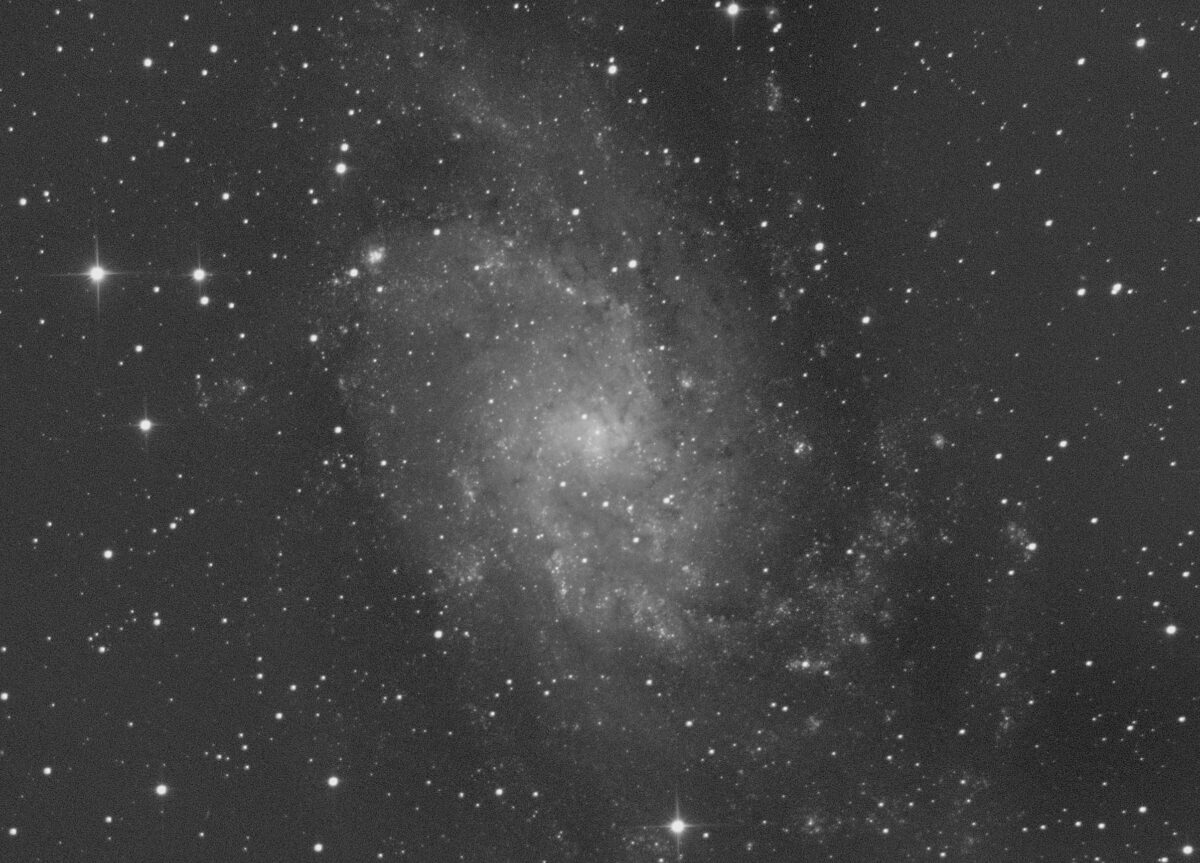-
M 51
Read more: M 51The interacting galaxies M 51 (NGC 5194) and NGC 5195 in the constellation Canes Venatici, photographed on January 13, 2023 at 23:24:11 Universal Time (January 14, 2023 00:24:11 local time) with an exposure time of 30 minutes.
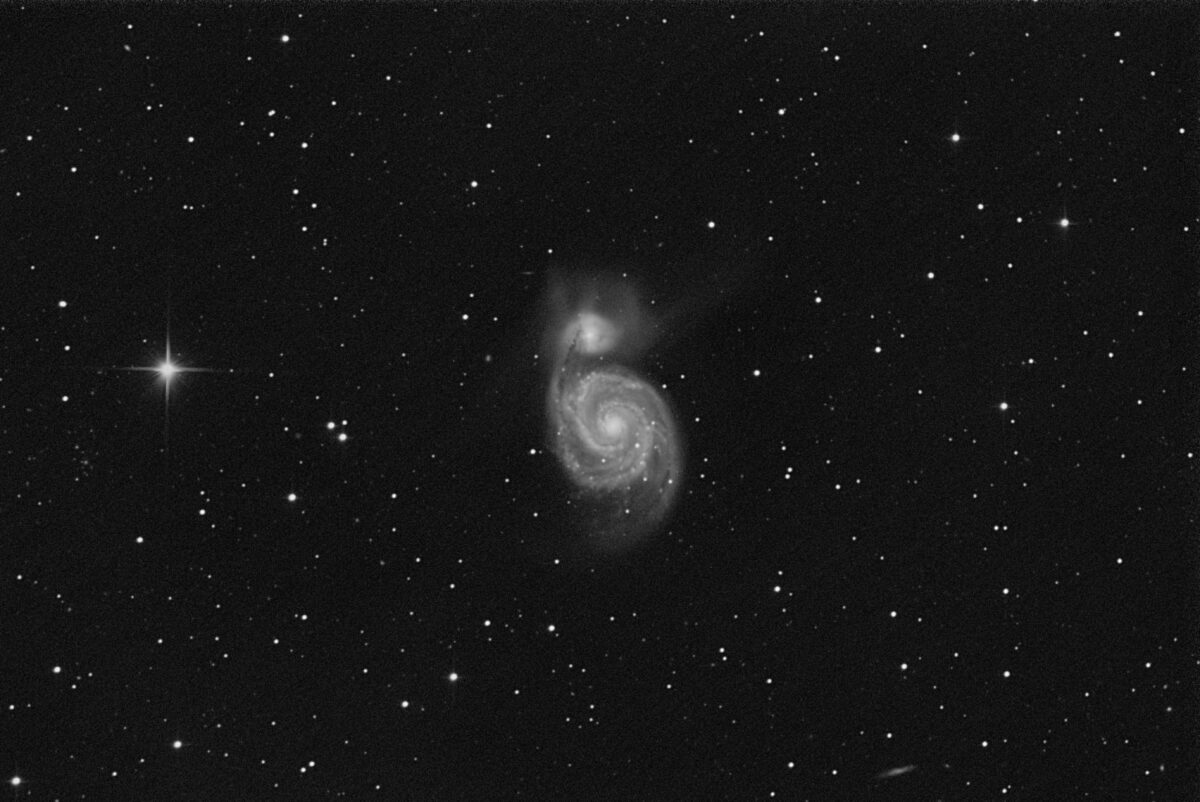
-
Comet C/2022 E3 (ZTF)
Read more: Comet C/2022 E3 (ZTF)I observed the comet C/2022 E3 (ZTF) on the night of January 14, 2023 between 02:42:44 and 03:15:51 UT which correspond to 03:42:44 – 04:15:51 local time, two days after its perihelion and at a distance of about 100 million kilometers from Earth and a magnitude of 6.7
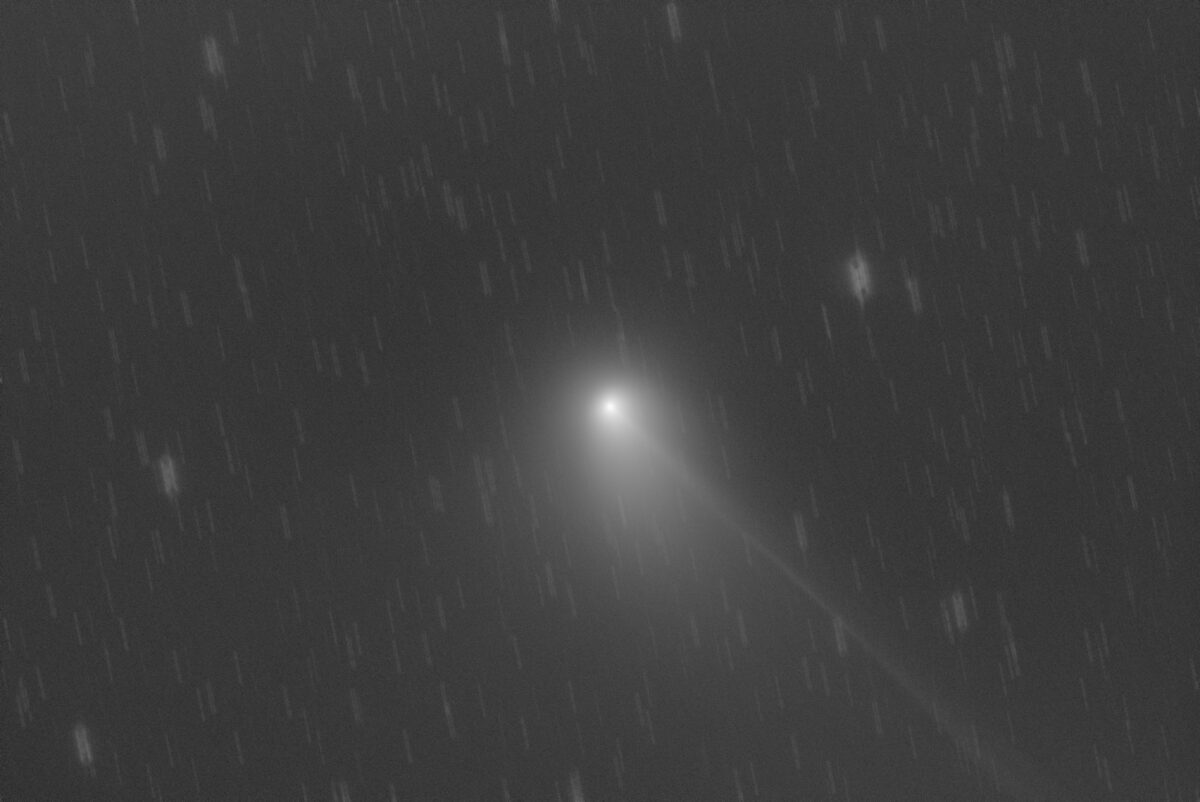
-
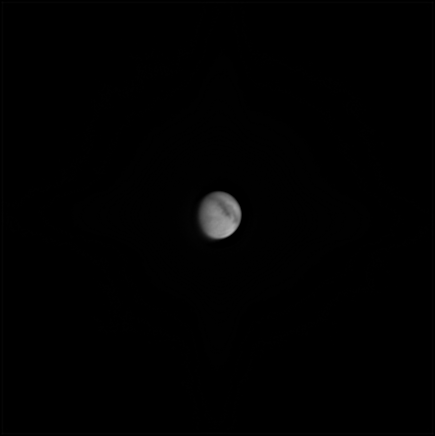
-
NGC 253
Read more: NGC 253NGC 253 is a spiral galaxy in the Sculptor constellation.It is the main galaxy of the cluster of galaxies called the Sculptor Group which is relatively close to the Local Group to which the Milky Way belongs.

-
NGC 7293
Read more: NGC 7293NGC 7293 is a planetary nebula in the constellation Aquarius, known as the Helix nebula or also the eye of God.
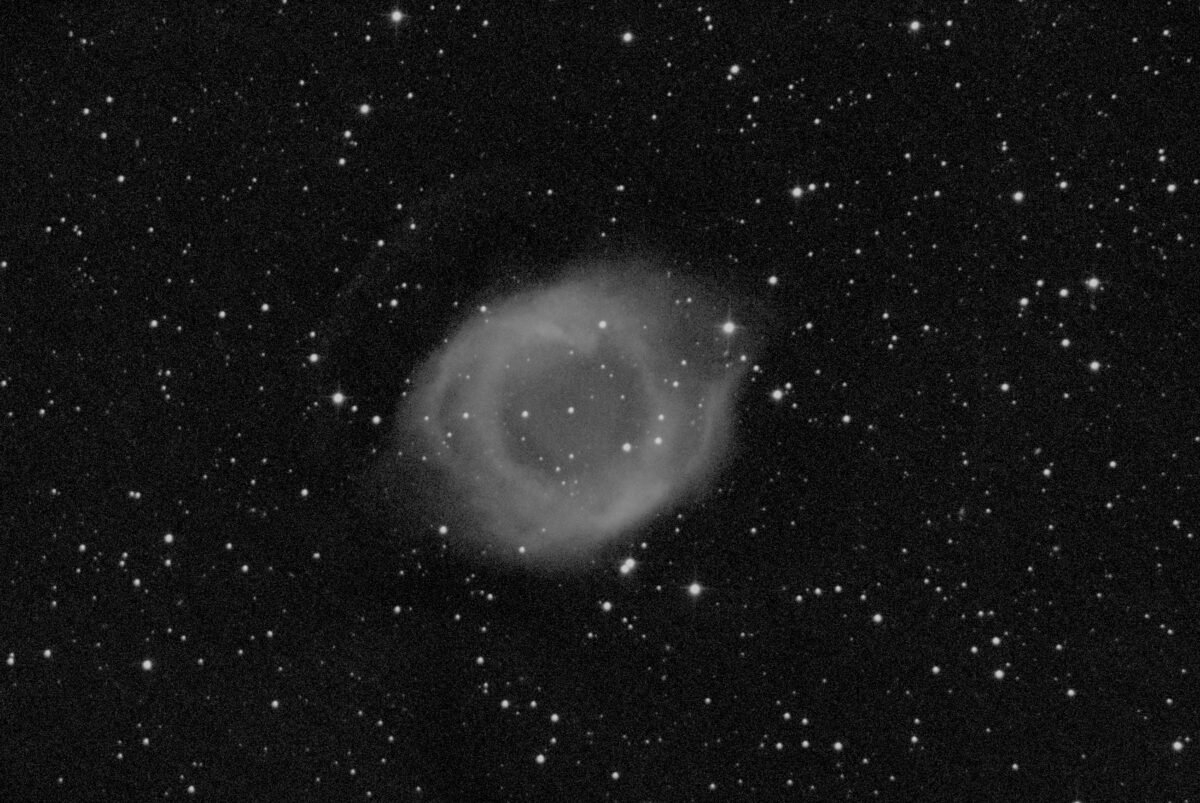
-
NGC 281
Read more: NGC 281NGC 281 is a nebula in the Cassiopeia constellation, also known as the Pacman Nebula.
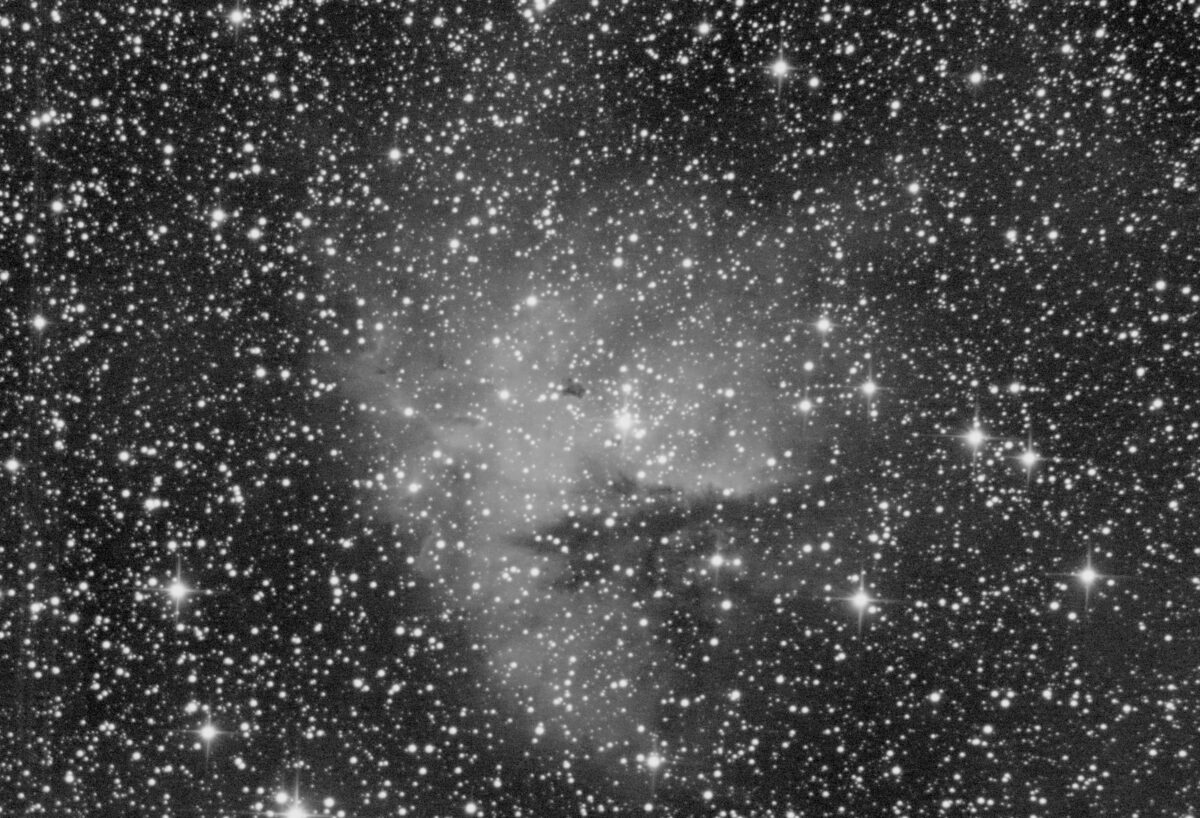
-
22P/Kopff
Read more: 22P/KopffComet 22P/Kopff photographed on August 24, 2022.It isn’t surely the most photogenic comet but it was not easy to find it at a distance of more than 210 millions of kilometers from Earth and a magnitude of 13.8
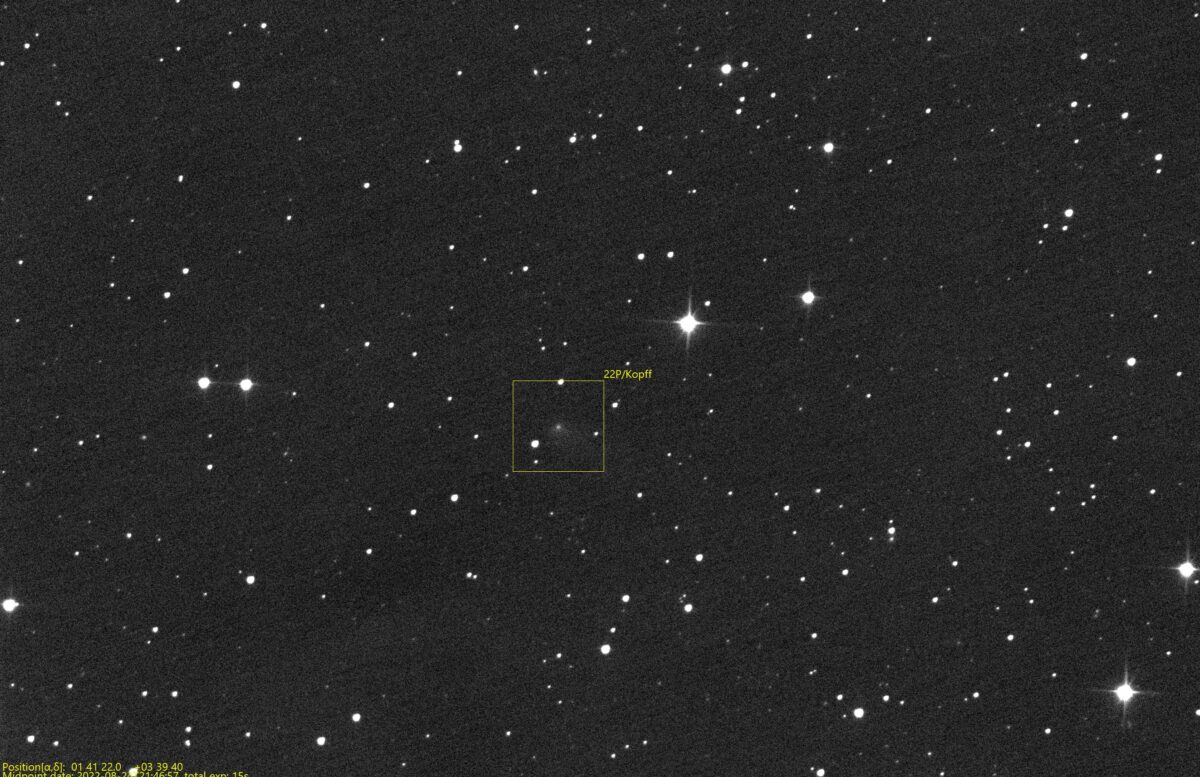
-
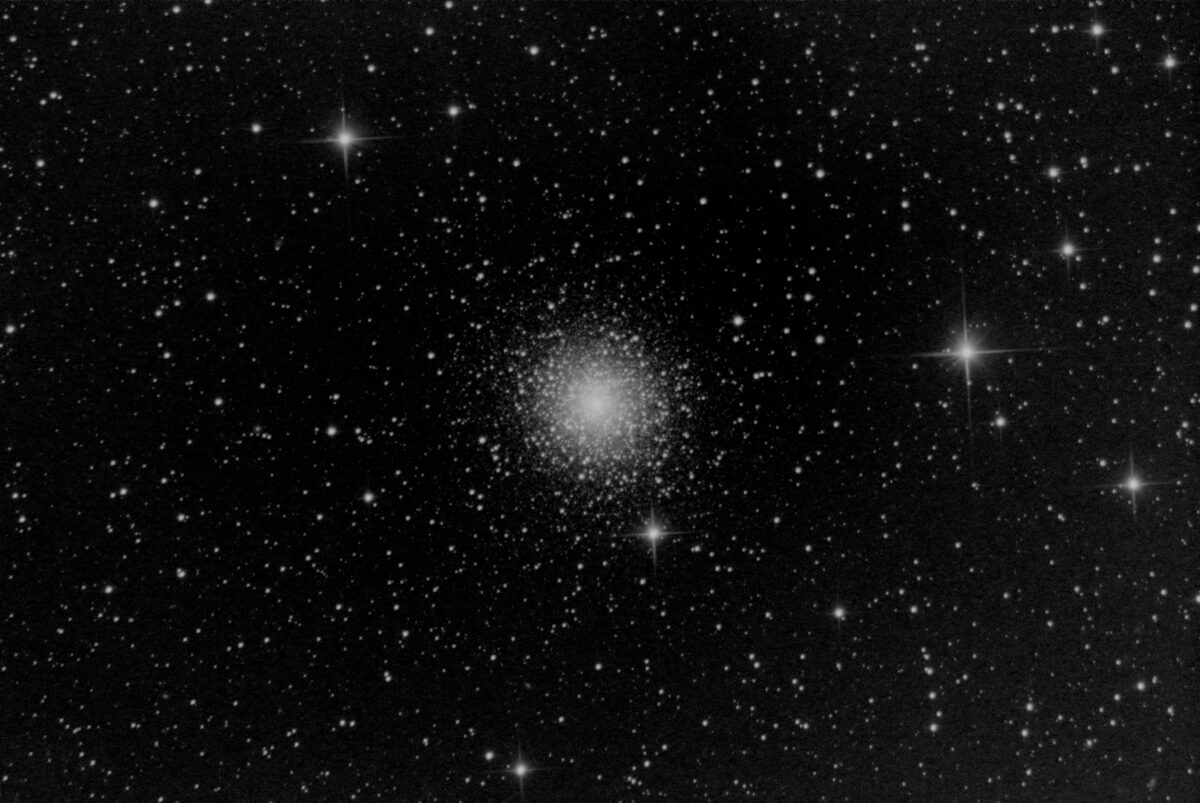
-
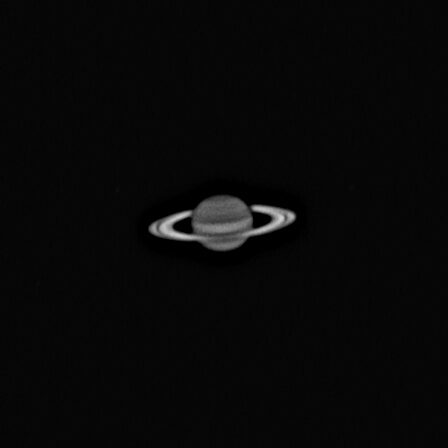
-
